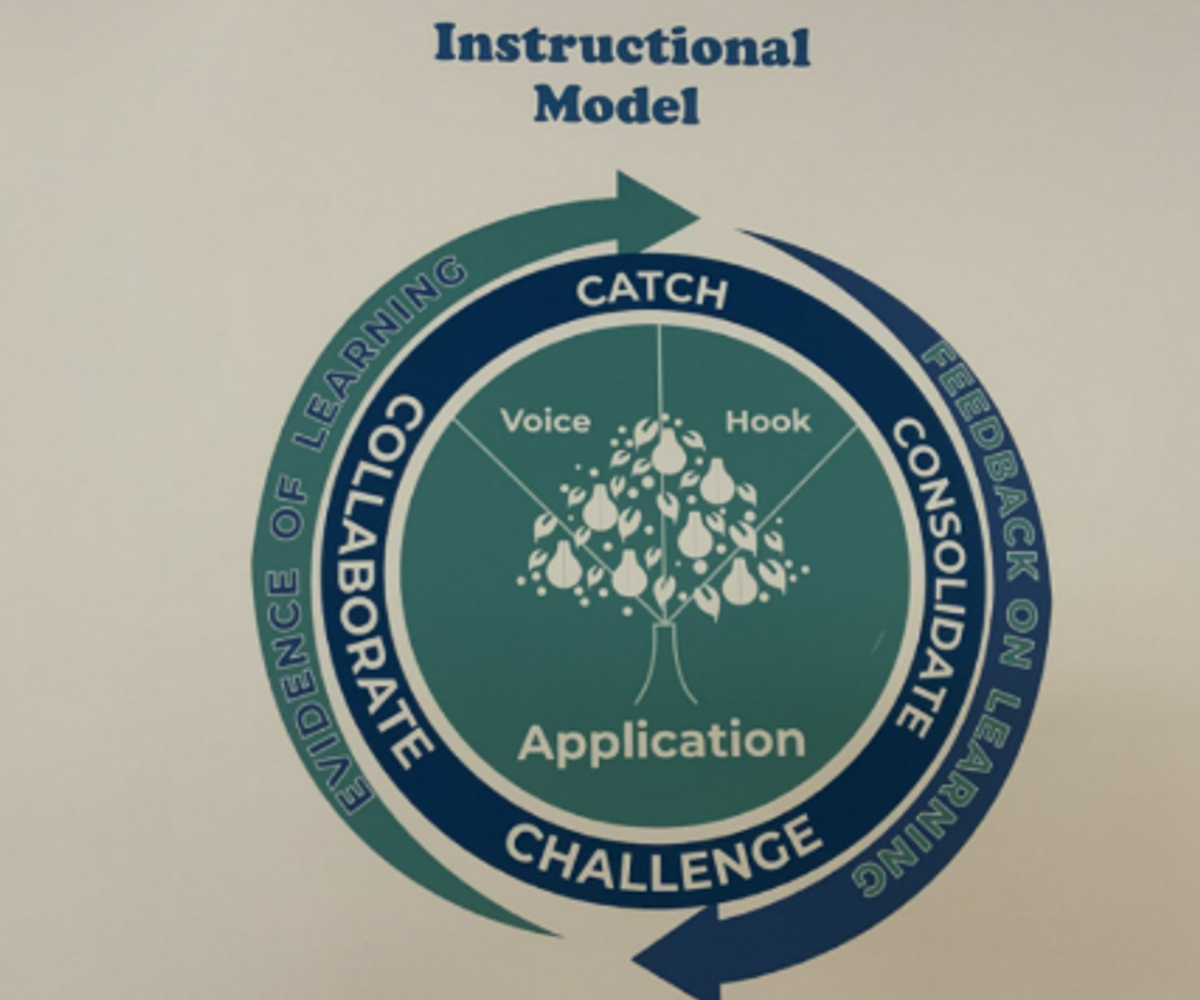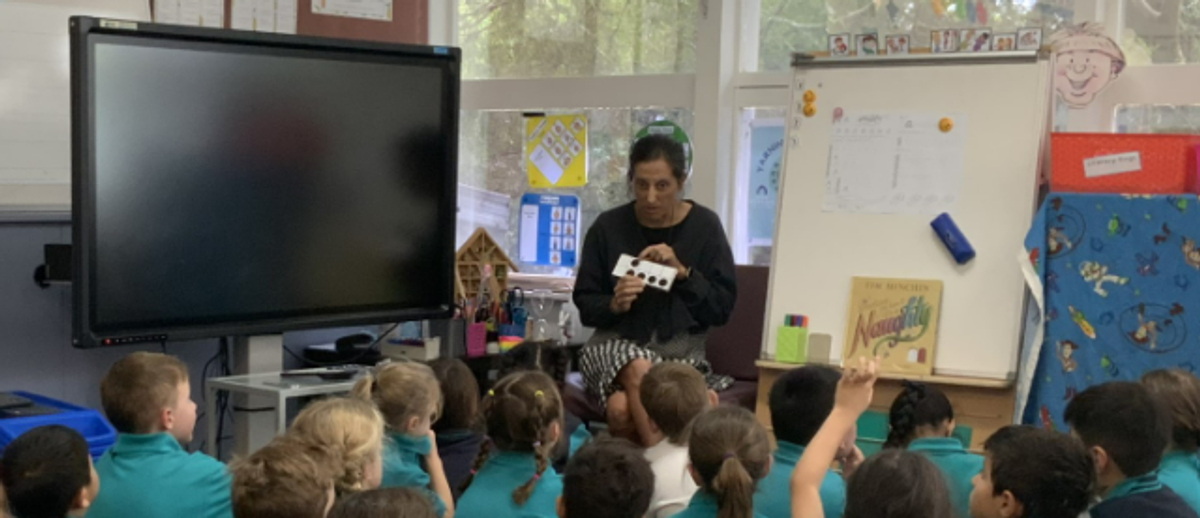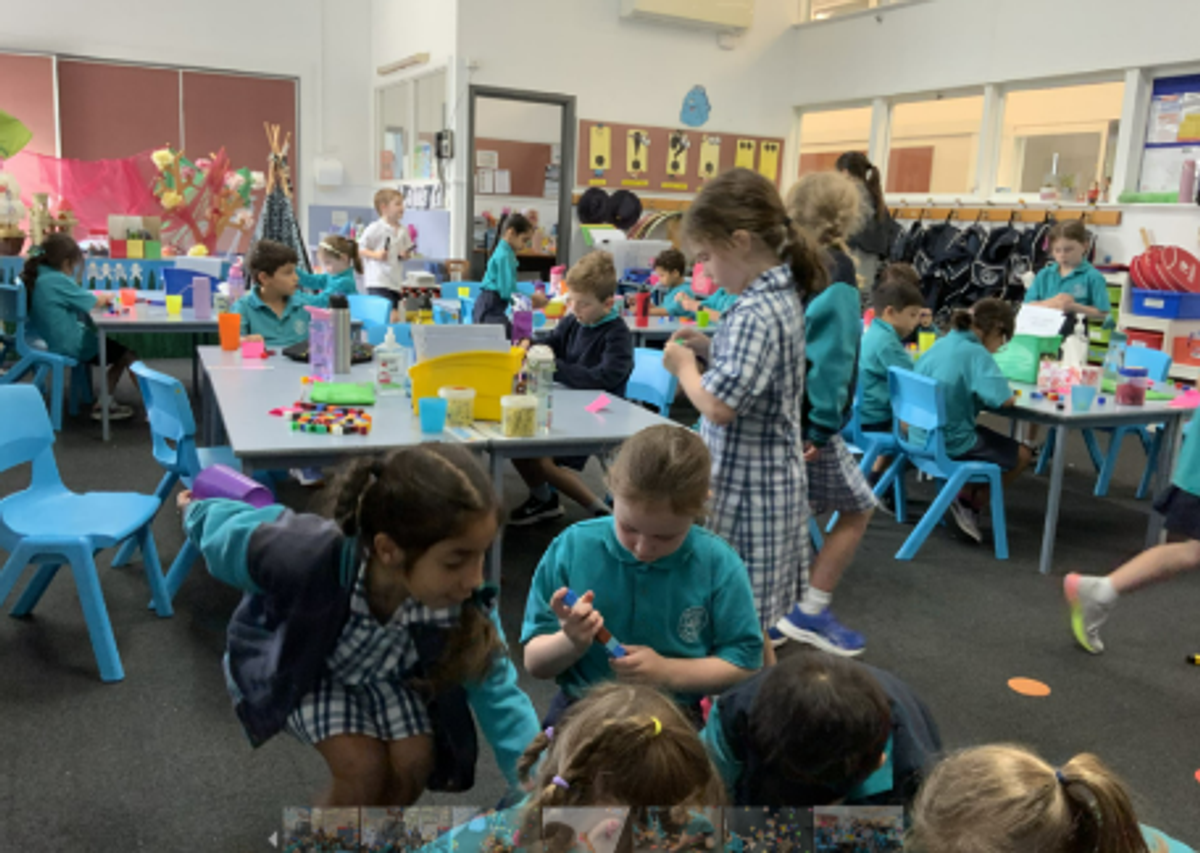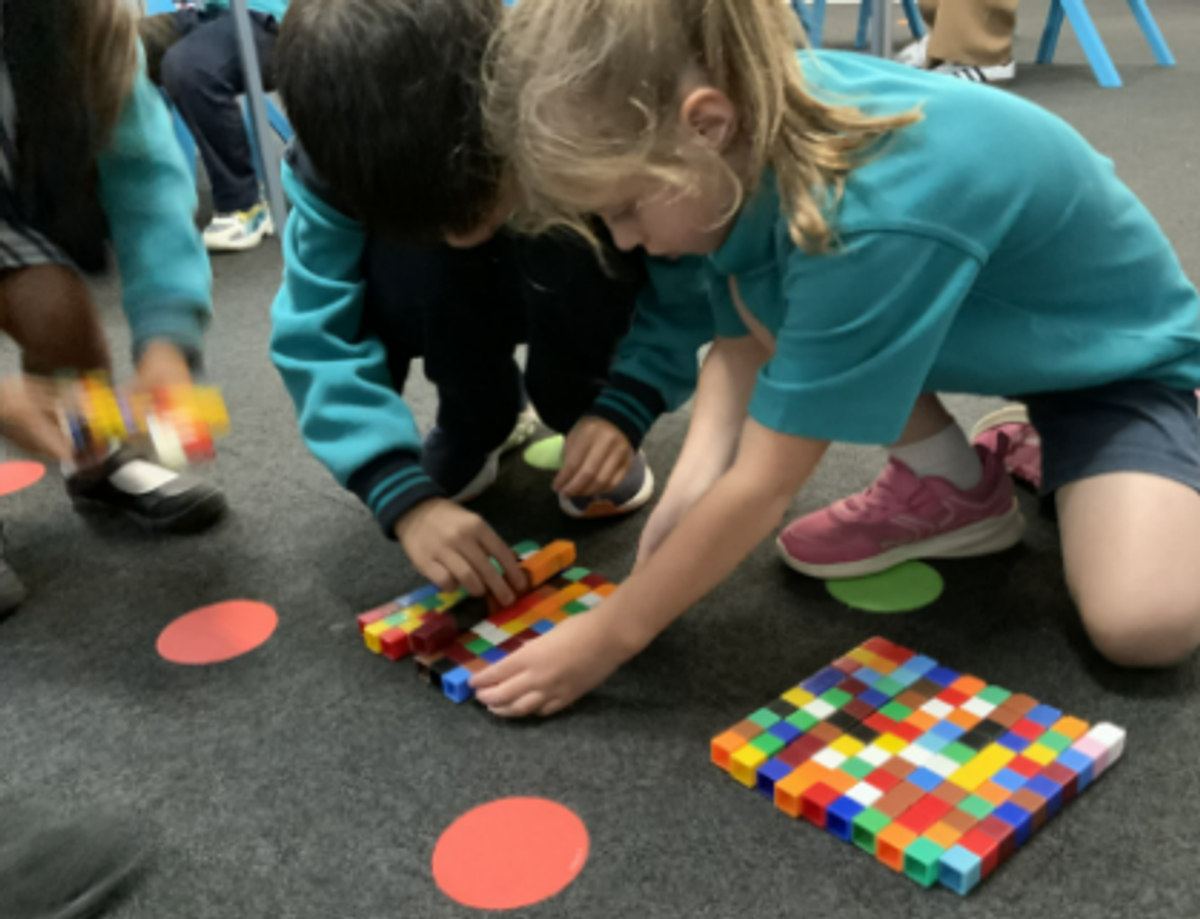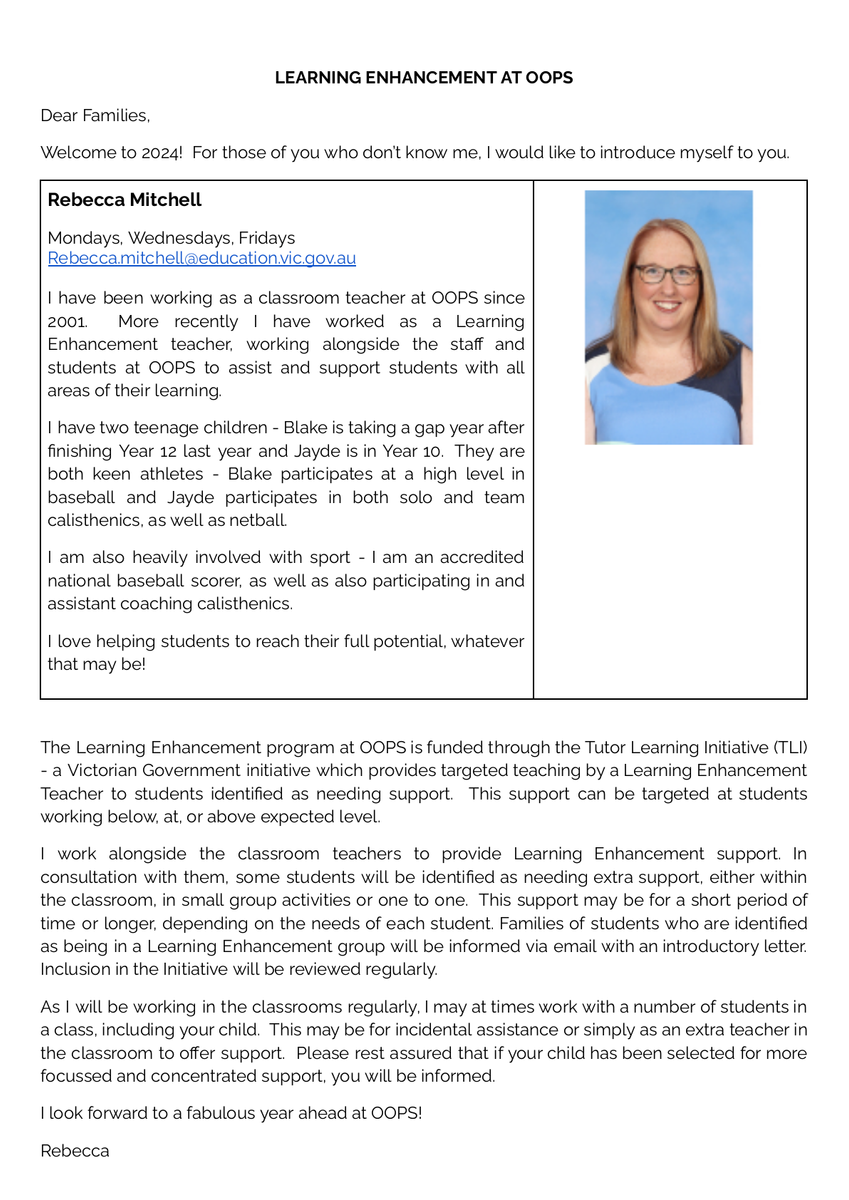Meet The Teacher

Subitising is the ability to instantly recognise the number of objects in a small group, without counting. This is an essential part of early numeracy as students begin to develop number sense and relate the numerals to the quantity in a group. This important skill and understanding of whole-part-whole is key to unlocking many other mathematical concepts as students move through the school.
On Wednesday, it was fantastic to see Jen Males in 1JM engaging her students with subitising. During the Hook section of the lesson, Jen fostered engagement in her class by asking all students to call out together the numbers as they appear on her cards.
She then invited students up one by one to explain their thinking and how they knew, this allowed for students to be exposed to many different ways of thinking, whilst allowing Jen to offer point of need support for individual students.
After the Hook students were then introduced to the WALT (We are Learning To…) for the day.
WALT: Count efficiently
As we moved into the Application section – this is the section where students are doing; they are collaborating with their peers, thinking about their thinking, and applying the skills they were taught in the Hook. Today students in 1JM were challenged with first estimating, and then efficiently counting the number of cubes in the box. After students shared their estimates, and the thinking behind their estimates, they then engaged in efficient counting strategies.
Rich mathematical conversation beyond the expected outcomes were evident in the room as one student commented to another “I have 4 groups of 10 plus 8, so I have 48”. The application section naturally allowed for students to both be supported and extended in their learning needs, and it was fantastic to see all students engaged and actively thinking about their learning. When students are engaged, they are focused on their work. This doesn't just make the classroom more manageable; it also means students are more likely to learn, retain the content, and grow.
One of the key elements of the lesson was the feedback provided to all students at their point of need, with different students receiving feedback that supported their learning goals. Feedback informs a student and/or the teacher about the student’s performance relative to the learning goals. Effective feedback will redirect or refocus teacher and student actions, so the student can align their effort and activity with a clear outcome that leads to achieving a learning goal.
I congratulate and thank Jen Males and the students of 1JM for allowing me into their lesson and demonstrating some of the high-quality mathematics.
Craig Gooding,
Learning Specialist

